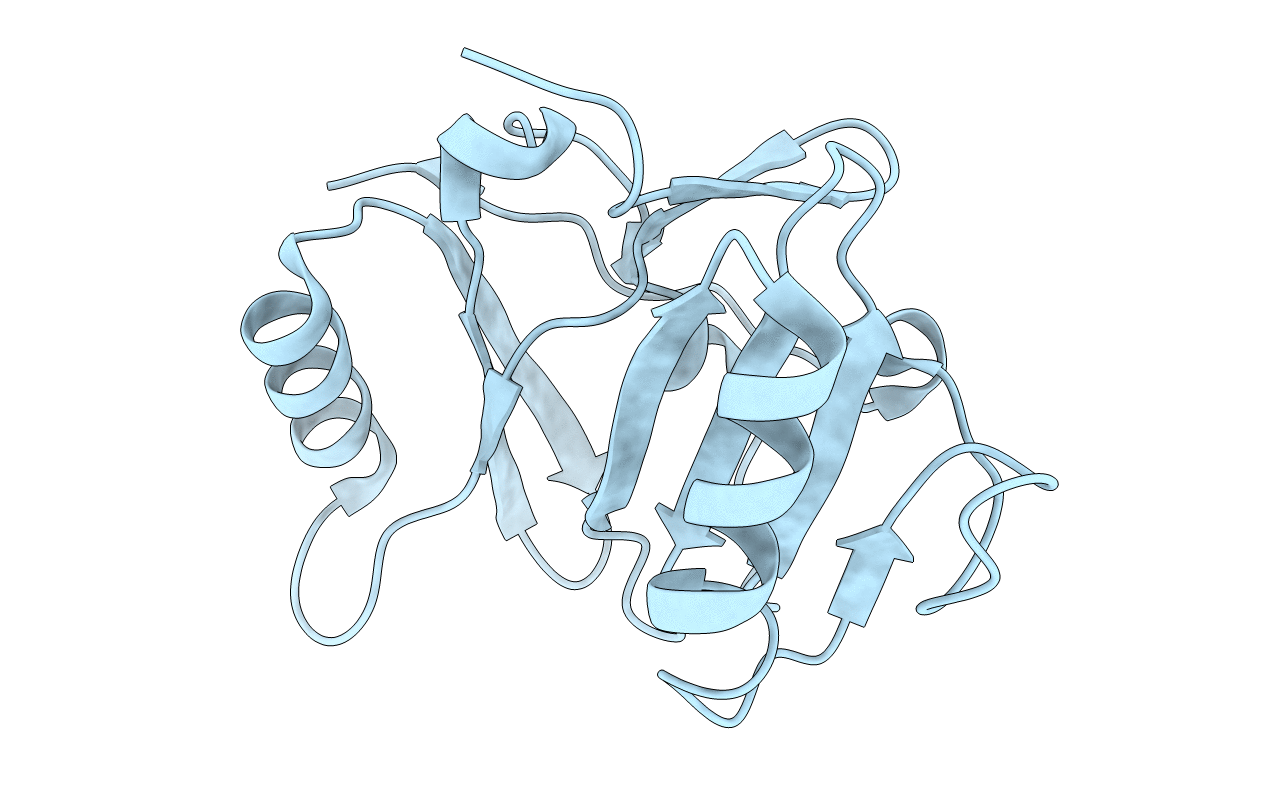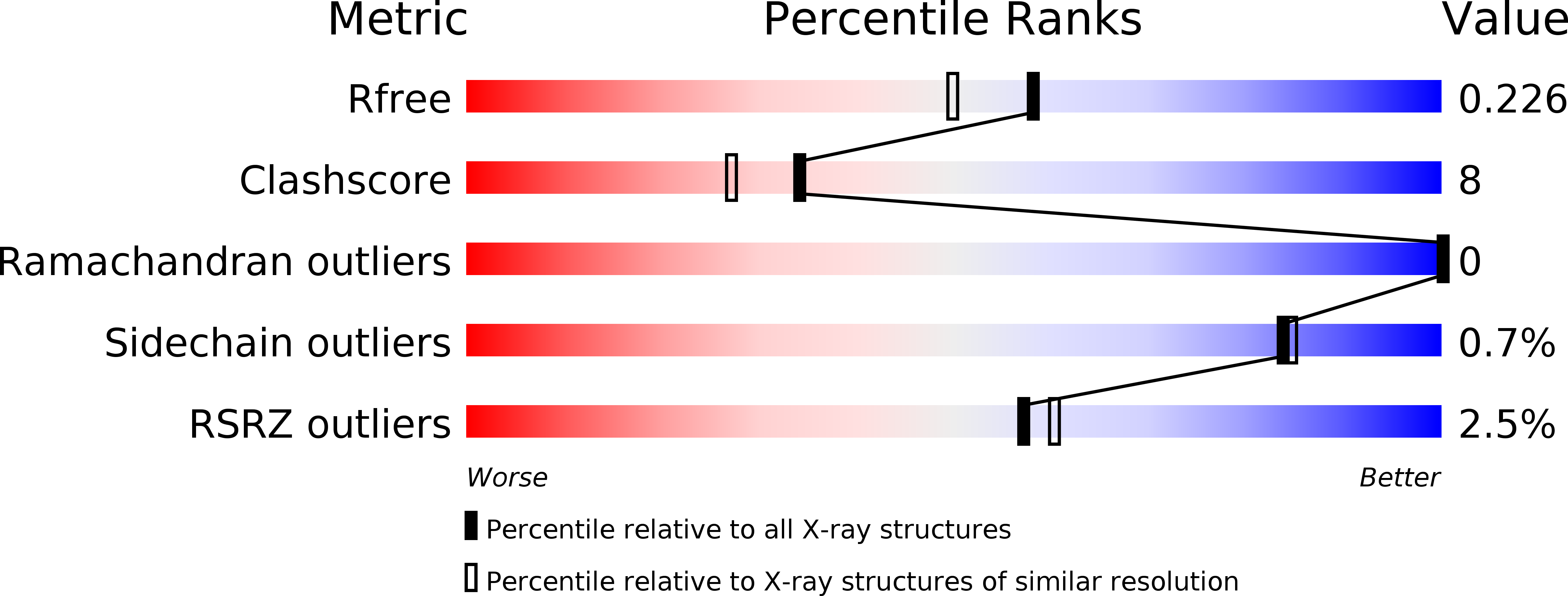
Deposition Date
2011-08-25
Release Date
2012-05-23
Last Version Date
2024-10-30
Method Details:
Experimental Method:
Resolution:
1.90 Å
R-Value Free:
0.22
R-Value Work:
0.21
R-Value Observed:
0.21
Space Group:
P 21 21 21


